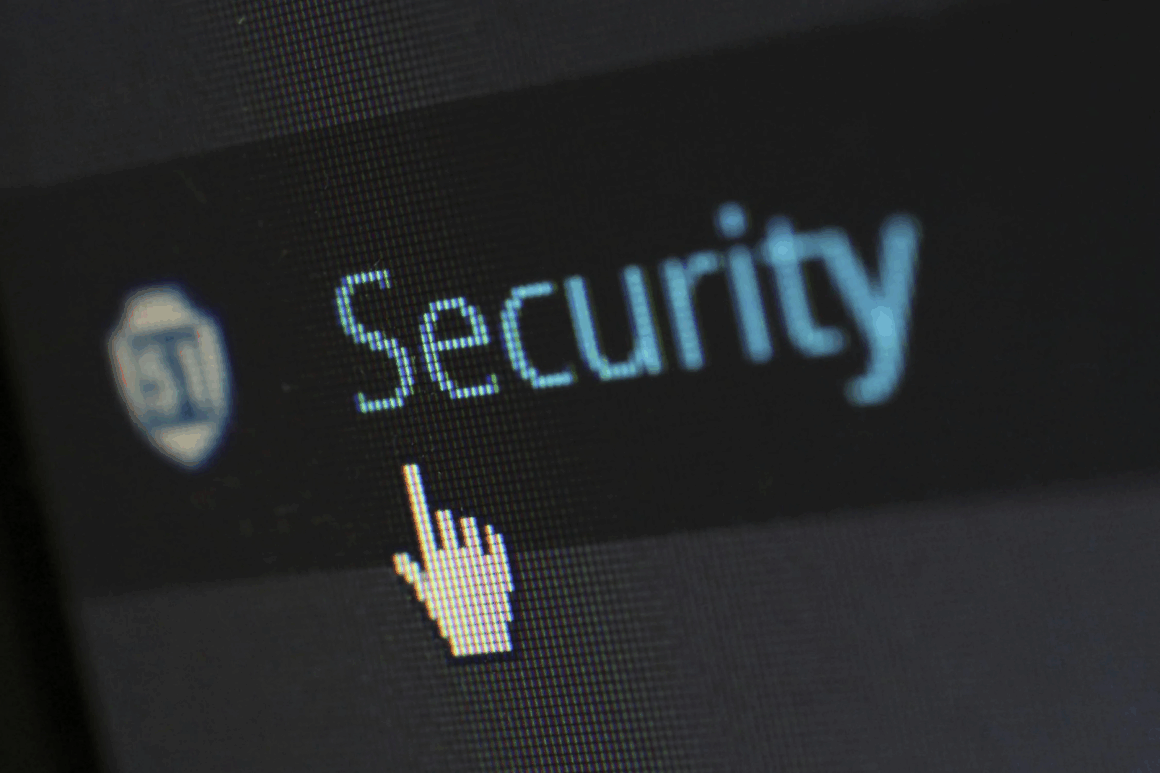In an age where cyber threats evolve by the minute, proving who you are online is more important than ever. Passwords and secret questions are no longer enough since they can be stolen, guessed, or leaked.
Digital ID verification closes that gap by utilizing advanced tech to confirm identities in seconds. Whether you are a bank, telecom, or government agency, adopting these tools means faster onboarding, stronger defenses, and happier users. Here are key ways digital ID verification is transforming online security.
-
Stronger Identity Proofing
Gone are the days when you simply filled in a name and date of birth. Today’s systems require a photo of a government-issued ID or utility bill, and this image gets checked against trusted databases in real time. If the details match, the system moves you to the next step. If not, it flags the application for manual analysis.
This upfront verification stops fake accounts before they start. It also cuts down on identity theft cases and chargebacks. Your team spends less time chasing fraud and more time on genuine applications.
-
Seamless Remote Onboarding
Today’s customers expect frictionless digital experiences. With remote onboarding, you can open an account on your phone in minutes, upload an ID photo, take a quick selfie, and you are done. You don’t have to fill out paper forms or visit a branch. This convenience boosts completion rates significantly.

Integrating tools like this OCR Studio software can accelerate document scanning and text extraction. It automatically pulls names, dates, and other key data from uploads. This data feeds directly into your system, eliminating the need for manual typing. The result is faster approvals and happier customers.
-
Reliable Biometric Checks
Biometrics tie an account to a living person. Fingerprints, facial scans, and iris recognition are nearly impossible to steal or replicate. When you log in, you place a finger on a sensor or show your face to a camera. The system compares the scan to the stored template. A quick match grants access. There are no more passwords to remember or share, and no more worries about credential stuffing attacks. Biometrics are fast, accurate, and inherently tied to each individual user.
-
Smarter AI and Machine Learning
Manually inspecting every document is slow and error-prone. AI and machine learning step in to do the heavy lifting. These systems analyze images and text in milliseconds. They spot signs of tampering, low-quality scans, or mismatched data points. Over time, they learn from new fraud tactics and adapt, and accuracy improves with each attempt. For example, underwriters analyze only the handful of cases that truly need human judgment. This reduces processing time while keeping fraud rates low.
-
Dynamic Multi-Factor Verification
Strong security uses layers. Digital ID platforms often combine document proofing, biometrics, and behavioral analytics in one smooth workflow. You might upload an ID, snap a face scan, and answer a quick challenge question.

Behind the scenes, an AI engine evaluates each factor. If confidence is high, access is granted, and if any check raises a red flag, the system can request extra proof or send it to a specialist for analysis. This adaptable approach balances user convenience with rigorous fraud prevention.
-
Dramatic Fraud Reduction
Fraudsters used to slip through cracks with stolen or fake documents. Digital ID verification tackles them with real-time data checks. Each submission is cross-referenced against government registries, watchlists, and public records.
Synthetic identities, where criminals stitch together real and fake data, are flagged instantly. Businesses see fewer chargebacks and lower fraud-prevention costs. Automated workflows also streamline compliance with AML (anti-money laundering) and KYC (know-your-customer) rules. This means less time on paperwork and more time on growth.
Endnote
Digital ID verification isn’t a luxury, but a necessity. By combining strong proofing, biometrics, AI analysis, remote onboarding, multi-factor flows, and real-time fraud checks, it redefines online security. Users enjoy fast, seamless access, and organizations benefit from fewer fraud losses, reduced support tickets, and rock-solid compliance.

